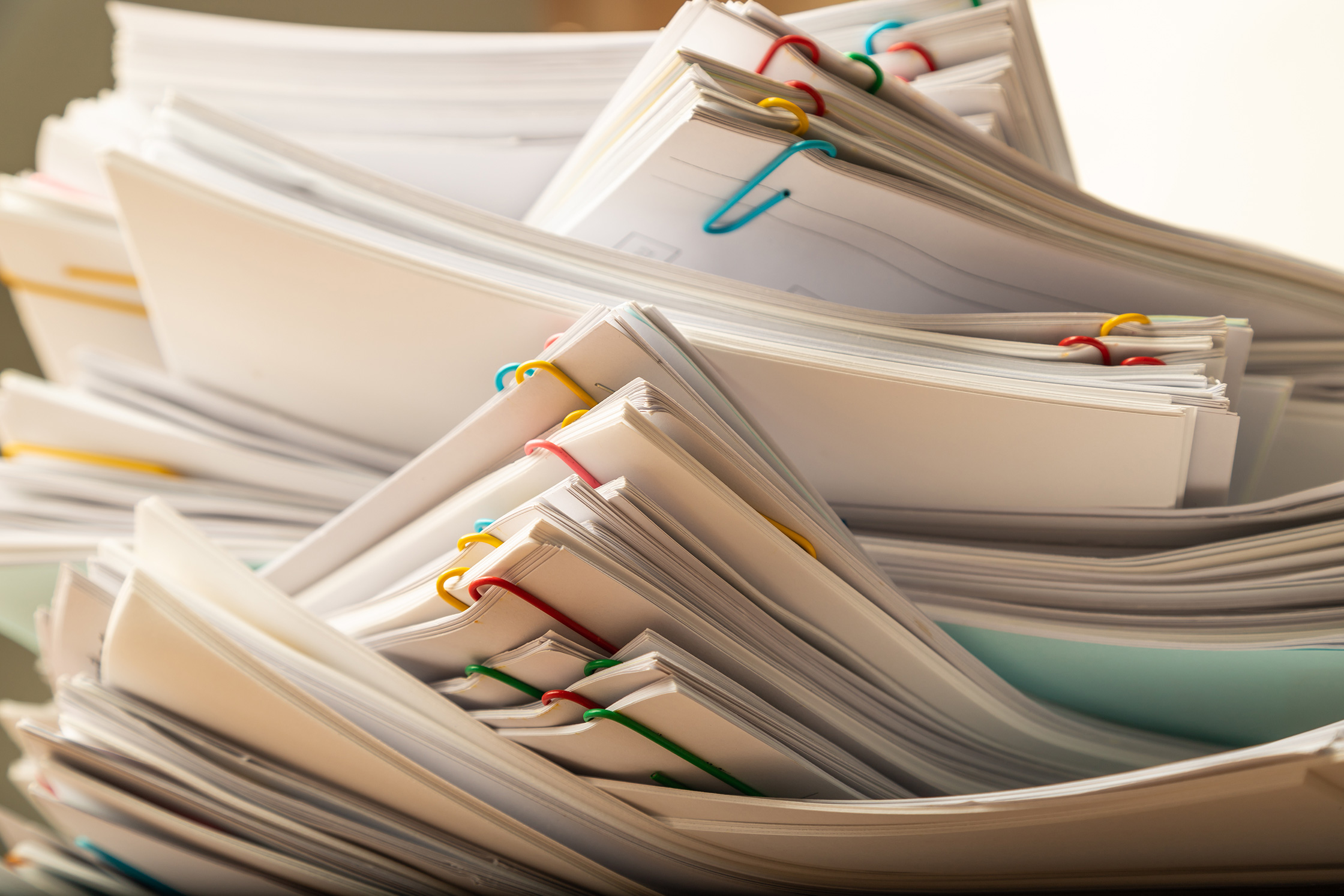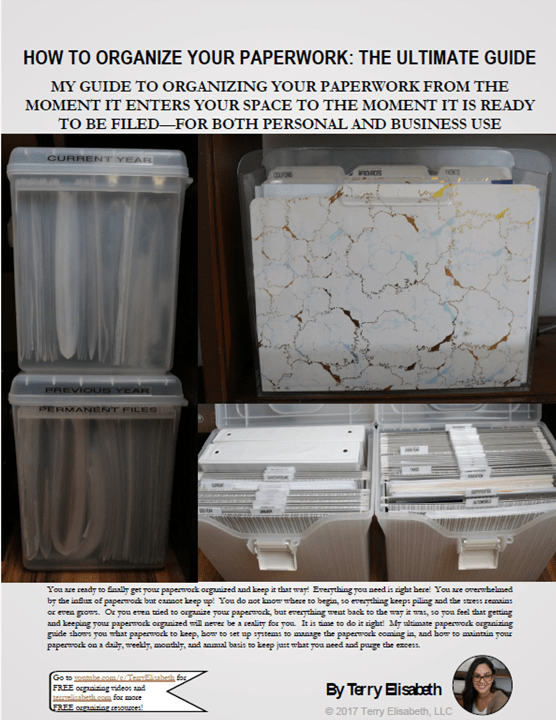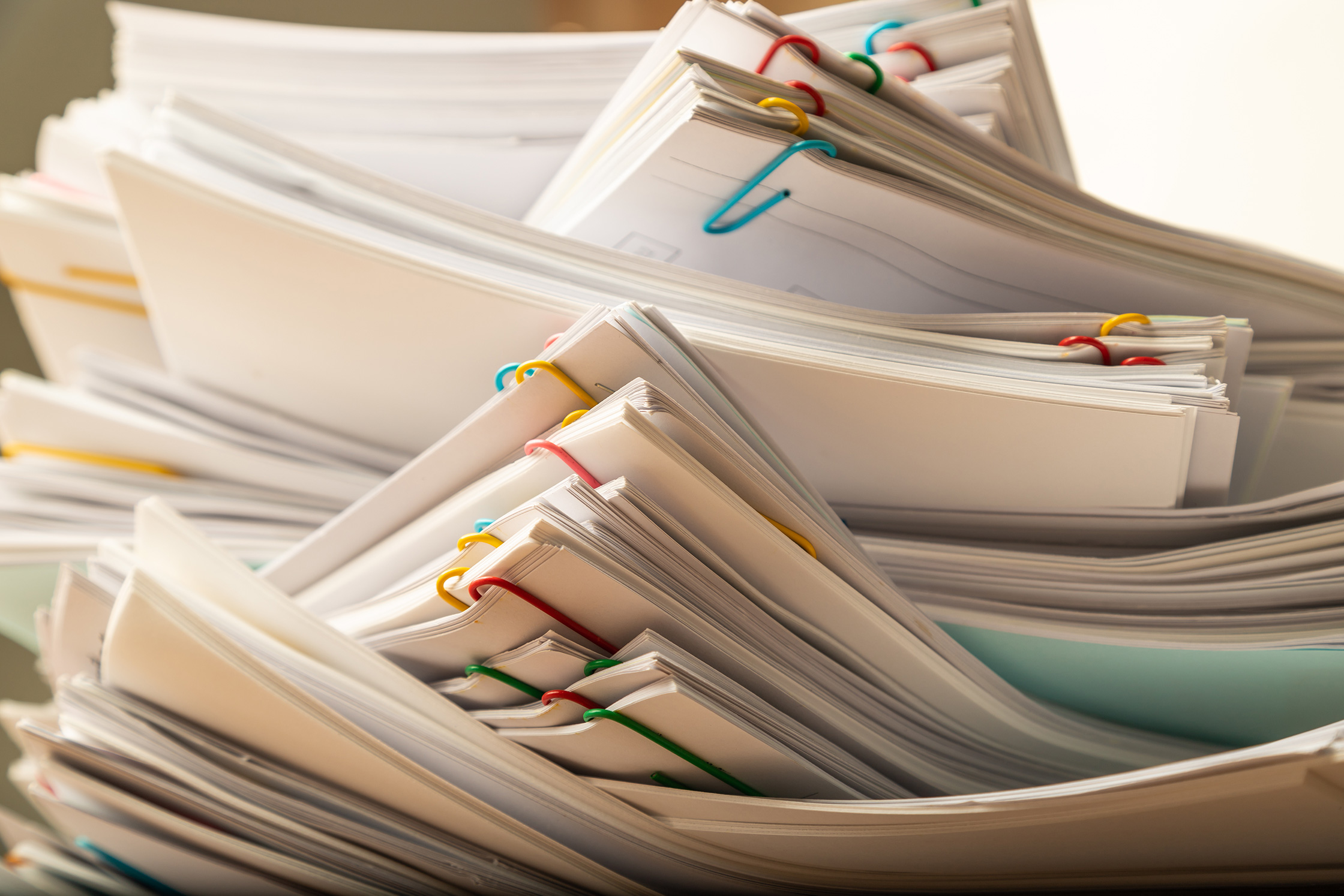Smart Solutions for Managing Old Paperwork Efficiently

Managing piles of old paperwork can often feel overwhelming, especially as paperless options become increasingly prevalent. However, many businesses and individuals still rely heavily on physical documents for various reasons—legal, archival, or sentimental. This blog post explores smart solutions to manage these documents efficiently, providing insights on how to declutter, organize, and leverage technology to streamline your paperwork management process.
Digitizing Your Paper Archives

The first step towards efficient paperwork management is to digitize your documents. Here’s how you can do it:
- Scanning: Invest in a good quality scanner or use a multifunction printer that can scan documents at high resolution. Look for models with duplex scanning to save time.
- Software Tools: Use software like Adobe Scan, CamScanner, or Evernote Scannable to convert physical documents into digital formats. These tools often enhance readability through OCR (Optical Character Recognition) technology, allowing searchable text within scanned images.
- Organize Digitally: After scanning, organize your files into categories or folders on your computer or cloud storage. Tools like Google Drive or Dropbox are excellent for this purpose, offering both local and cloud options.

Utilizing Cloud Storage for Digital Files

Cloud storage solutions are essential for keeping your digital documents safe, accessible, and manageable:
- Security: Ensure that your cloud service has robust security protocols. Look for encryption, two-factor authentication, and compliance with data protection laws.
- Sharing: Cloud platforms often provide easy sharing options, allowing you to distribute documents securely without physical handling.
- Version Control: Some services like Google Docs offer version history, which can be a lifesaver for tracking changes over time.
🛡️ Note: Always make sure to backup your digital archives periodically, not just relying on cloud storage alone.
Paperless Office: An Achievable Goal

Transitioning to a paperless environment not only helps in managing old paperwork but also promotes eco-friendliness:
- Email Instead of Print: Encourage communication via email or digital messaging platforms instead of printing out information.
- Digital Signatures: Use e-signature tools like DocuSign, Adobe Sign, or even Hellosign to finalize documents without paper.
- Electronic Filing: Transition to an electronic filing system for all your official documents to reduce clutter and increase efficiency.
Smart Storage Solutions

Even with digitalization, some documents need to be kept physically. Here are smart solutions for physical document storage:
- Archival Quality Boxes: Use acid-free, lignin-free storage boxes designed for long-term preservation.
- Labeling: Implement a clear labeling system for quick retrieval. Use color coding, dates, or content descriptions.
- Shelving and Storage Units: Invest in quality shelving units that are easy to access and organize. Consider mobile or modular units that can be rearranged as your collection grows or changes.
| Storage Solution | Best For | Features |
|---|---|---|
| Archival Boxes | Long-term preservation | Acid-free, lignin-free, stackable |
| Filing Cabinets | Active, frequent use | Hanging folders, drawers, lockable |
| Vertical Storage Units | Space efficiency | Adjustable shelves, compact design |

📅 Note: Regularly update and sort through your physical storage to avoid accumulation and ensure that only necessary documents are kept.
Legal and Compliance Considerations

When managing sensitive or legal documents, certain considerations are imperative:
- Retention Policies: Understand and comply with legal document retention policies which vary by document type and industry.
- Disposal Methods: Dispose of documents securely using shredding services or cross-cut shredders to prevent identity theft or data breaches.
- Privacy Laws: Be aware of privacy laws like GDPR in Europe, which might influence how personal data is stored and handled.
In summarizing the key insights from our exploration of managing old paperwork efficiently, we've covered several strategies:
- We discussed digitizing your archives, which not only reduces physical clutter but also improves accessibility and searchability.
- Utilizing cloud storage offers significant benefits in terms of security, sharing, and backup, although we noted the importance of having an additional backup.
- The transition to a paperless office was highlighted as a sustainable goal, with suggestions on how to minimize paper use through digital alternatives.
- Physical storage solutions were provided, acknowledging the necessity of keeping some documents in hard copy.
- Finally, we touched on the legal and compliance aspects that cannot be overlooked when managing sensitive documents.
By adopting these practices, you can achieve not only an organized office but also contribute to a greener, more efficient work environment. Whether you’re dealing with personal records or business documentation, these strategies will help you manage your paperwork smartly and sustainably.
What are the benefits of going paperless?

+
Going paperless reduces physical storage needs, increases document security, and is environmentally beneficial by reducing paper usage. It also enhances document searchability and accessibility.
How long should I keep legal documents?

+
This varies by document type. For instance, tax returns should be kept for at least seven years, while other documents like contracts or deeds might need to be retained indefinitely. Always check with legal or industry-specific guidelines.
What should I do with documents I no longer need?

+
Securely dispose of these documents using shredding services or shredding them yourself with a cross-cut shredder to ensure sensitive information is not compromised.
Can I digitize all my documents or are some better kept physically?

+
While most documents can be digitized, some like original wills, notarized documents, or items with legal significance might need to remain in physical form for authenticity or legal proceedings.
What are the costs associated with going paperless?

+
Initial costs include purchasing scanning equipment and storage solutions. However, long-term savings from reduced paper use, printing, and storage space can offset these costs significantly.